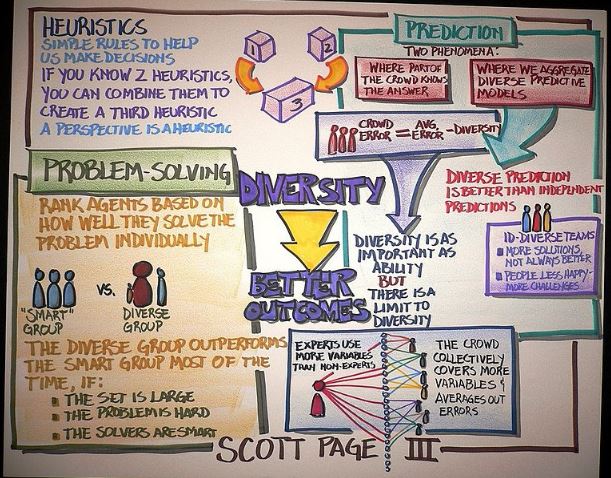An individual is said to make up to a thousand decisions per day. These decisions include a line of thought process and how we engage while purchasing products. The various scientific research has also revealed the hundreds of behavioral biases that consumers go through. Therefore, marketers must understand how consumers make these decisions based on their psychological processes. Fortunately, over a few years, we have come to know about the role of heuristics in marketing. To learn more about the details, continue through the blog below:
What are Heuristics?
A heuristic is a problem-solving technique that uses mental shortcuts to help people make decisions quickly and efficiently. These are cognitive shortcuts that aid in decision-making, particularly when faced with uncertainty.
For example, instead of considering which product is the best, a customer might consider which brand they prefer. A heuristic is a type of mental substitution. When making quick decisions, people frequently use cognitive biases.
As a result, understanding heuristics can assist marketers in better shaping their marketing efforts and resulting in higher ROIs. Heuristics entails creating highly appealing options to make decisions, making them more accessible. Cognitive psychology and behavioral science both include heuristics.
When heuristics in marketing are used correctly, it can reduce customer skepticism during the purchase process. It can also effectively address their pain points and include appropriate call-to-action messages to help you move them down the sales funnel. In addition, incorporating heuristics practices into marketing allows stakeholders to influence customer behavior.
Types of heuristics:
Heuristics include the Availability heuristic, the representativeness heuristic, and the affect heuristic.
Availability heuristic
People’s assessments of an event’s likelihood are based on information that quickly comes to mind, known as the availability heuristic. When making decisions, people inadvertently rely on prior knowledge about the event. People make choices based on the first piece of information that comes to mind—the availability heuristic results in two biases: recall ability and retrievability. When marketing a product, the availability heuristic is frequently used by including information that aids processing fluency. It allows them to link the brand to something they like.
It introduces users to a product or brand, allowing them to express their feelings about it. As a result, the availability heuristic is used in marketing to help people remember products or brands.
Affect Heuristics:
The effect heuristic in marketing is concerned with how a person feels and thinks due to that feeling. When people are influenced by it, they make decisions based on their current emotions. To reduce the time and cognitive effort required to make decisions, marketers use emotional incentives in brand messaging and marketing. The brands hope to elicit a positive emotional response from their target audience, prompting them to make snap decisions in their favor.
Representative Heuristics:
When making probability judgments under uncertainty, people tend to force an event’s probability to match their existing beliefs. They attempt to define a specific event by comparing it to current events. As a result, they make biased decisions by comparing an event to a similar occurrence rather than using accurate statistics or knowledge. Companies try to categorize a brand under a preferred stereotype in marketing to increase the likelihood of a purchase.
With these types of heuristics in marketing, the marketers can study the consumer mindset better and devise strategies accordingly. However, another crucial factor of brand loyalty drives consumers towards a particular brand.
Because the decision-making process for both low-cost and high-cost products can be limited or, in some cases, nominal, achieving brand loyalty should be the ultimate goal for every brand. To put it another way, the ultimate goal of any marketing effort should always be to assist customers in making their decision-making process as limited or as minimal as possible to Favor their brand.
But, “How?” is the real question. How do you persuade people to embrace a new product or concept? How do you convince customers to buy your product first? That’s where heuristics come into play. Apple has used heuristics to significantly reduce the time it takes a consumer to choose their products over the competition, regardless of product type.
The bottom line:
When nudging customers further down the purchase funnel, it’s critical to consider these biases and understand the implication of heuristics in marketing. It is always recommended to choose a different subset of heuristics that is more focused on brand awareness for customers who are higher up in the purchase funnel, such as those who are unfamiliar with your product or aren’t considering your product.

